When it comes to incorporating cardiovascular exercises into our fitness routines, rowing machines are an excellent choice. Not only do they provide a full-body workout, but they also offer a low-impact alternative for those with joint concerns. As the popularity of rowing continues to soar, the market offers a diverse array of rowing machine types to cater to the distinct needs and preferences of fitness enthusiasts. In this comprehensive guide, we will navigate through the different rowing machine types available today. 1. Air Resistance Rowing Machines: Air resistance rowing machines are favored by many fitness enthusiasts due to their realistic rowing experience. They use a flywheel that spins when the user pulls the handle, generating resistance through the air. The faster and harder you row, the more resistance is created. These machines are known for their smooth and consistent resistance, which can be adjusted by altering the rowing speed. Additionally, they are often equipped with performance monitors that track metrics such as speed, distance, time, and calories burned.
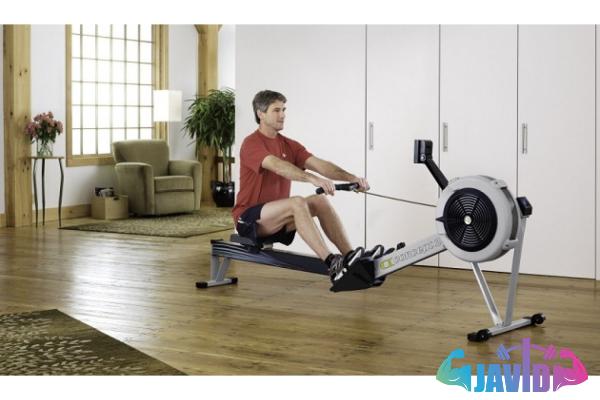
.
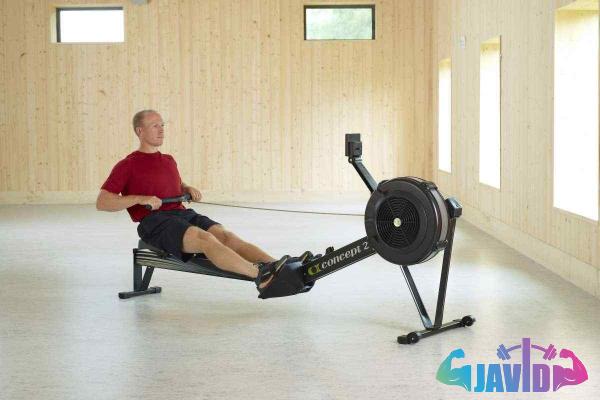 2. Magnetic Resistance Rowing Machines: Magnetic resistance rowing machines utilize magnets to create resistance. By adjusting the distance between the magnets and the flywheel, users can alter the difficulty level of their workout. These machines offer a quiet and smooth rowing experience, making them a popular choice for home gyms or those who prefer a more serene exercising environment. The resistance levels can be easily adjusted using the control panel, allowing users to fine-tune their workout intensity. Moreover, magnetic rowing machines generally require less maintenance compared to other types. 3. Water Resistance Rowing Machines: Water resistance rowing machines mimic the sensation of rowing on water by using a water-filled tank.
2. Magnetic Resistance Rowing Machines: Magnetic resistance rowing machines utilize magnets to create resistance. By adjusting the distance between the magnets and the flywheel, users can alter the difficulty level of their workout. These machines offer a quiet and smooth rowing experience, making them a popular choice for home gyms or those who prefer a more serene exercising environment. The resistance levels can be easily adjusted using the control panel, allowing users to fine-tune their workout intensity. Moreover, magnetic rowing machines generally require less maintenance compared to other types. 3. Water Resistance Rowing Machines: Water resistance rowing machines mimic the sensation of rowing on water by using a water-filled tank.
..
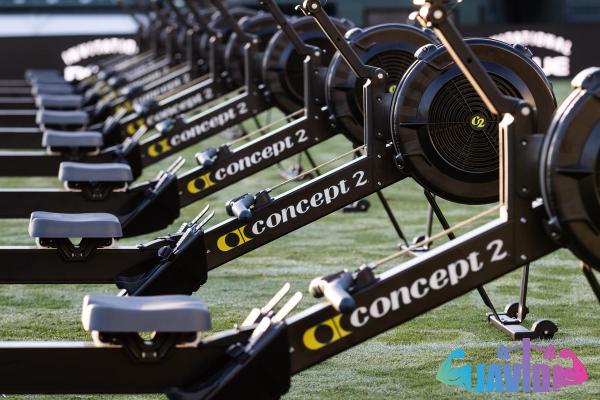 As users pull the handle, paddles or blades suspended in the water produce resistance. These machines offer a lifelike and soothing rowing experience thanks to the natural resistance offered by water. The resistance level can be altered by simply adjusting the speed of rowing, providing an authentic and dynamic workout. Water resistance rowers are popular among those seeking a realistic rowing experience and enjoy the calming sound of water during their workout. 4. Hydraulic Piston Resistance Rowing Machines: Hydraulic piston rowing machines employ hydraulic cylinders as the main source of resistance. These compact machines are highly adjustable, making them ideal for limited workout spaces or individuals with smaller frames. The resistance level is primarily determined by the user’s strength and can be adjusted by modifying the cylinder tension.
As users pull the handle, paddles or blades suspended in the water produce resistance. These machines offer a lifelike and soothing rowing experience thanks to the natural resistance offered by water. The resistance level can be altered by simply adjusting the speed of rowing, providing an authentic and dynamic workout. Water resistance rowers are popular among those seeking a realistic rowing experience and enjoy the calming sound of water during their workout. 4. Hydraulic Piston Resistance Rowing Machines: Hydraulic piston rowing machines employ hydraulic cylinders as the main source of resistance. These compact machines are highly adjustable, making them ideal for limited workout spaces or individuals with smaller frames. The resistance level is primarily determined by the user’s strength and can be adjusted by modifying the cylinder tension.
…
 While hydraulic piston rowing machines can be cost-effective and offer a smooth rowing motion, they may not provide the same level of resistance as other types. Conclusion: Rowing machines are an exceptional option for individuals looking to elevate their fitness regime while enjoying a full-body workout. With various types available, each offering unique features and benefits, it is crucial to understand the differences between them to make an informed decision. Whether you prefer the authenticity of air and water resistance machines or the compactness of magnetic and hydraulic piston machines, there is a rowing machine type that suits your needs and fitness goals. Invest in a rowing machine, and embrace the opportunity to row your way to a healthier and fitter lifestyle.
While hydraulic piston rowing machines can be cost-effective and offer a smooth rowing motion, they may not provide the same level of resistance as other types. Conclusion: Rowing machines are an exceptional option for individuals looking to elevate their fitness regime while enjoying a full-body workout. With various types available, each offering unique features and benefits, it is crucial to understand the differences between them to make an informed decision. Whether you prefer the authenticity of air and water resistance machines or the compactness of magnetic and hydraulic piston machines, there is a rowing machine type that suits your needs and fitness goals. Invest in a rowing machine, and embrace the opportunity to row your way to a healthier and fitter lifestyle.

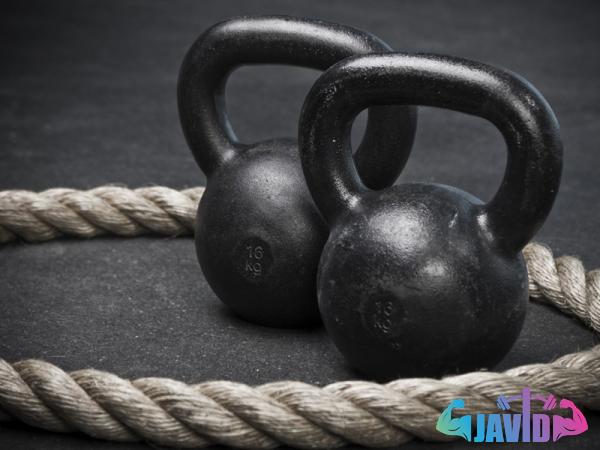
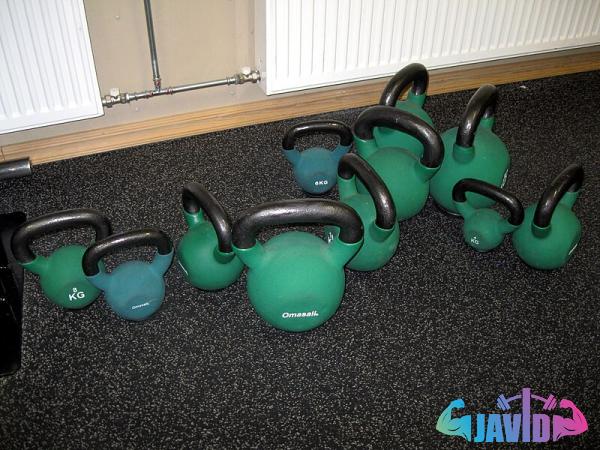

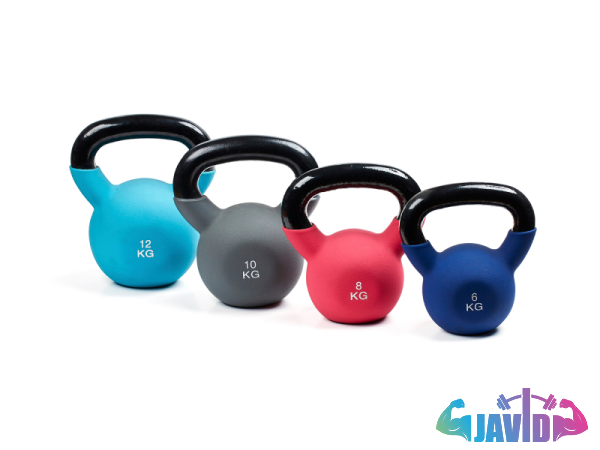

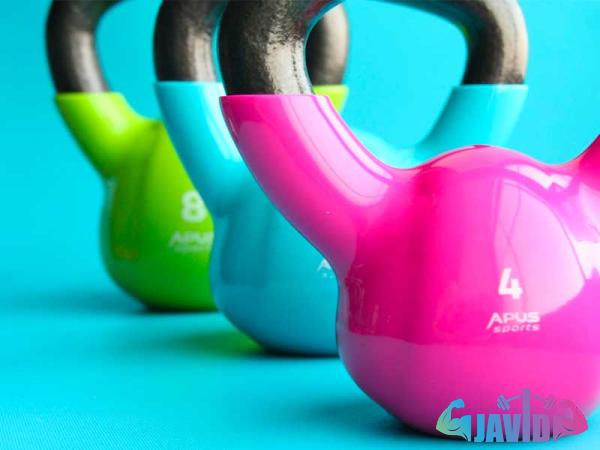
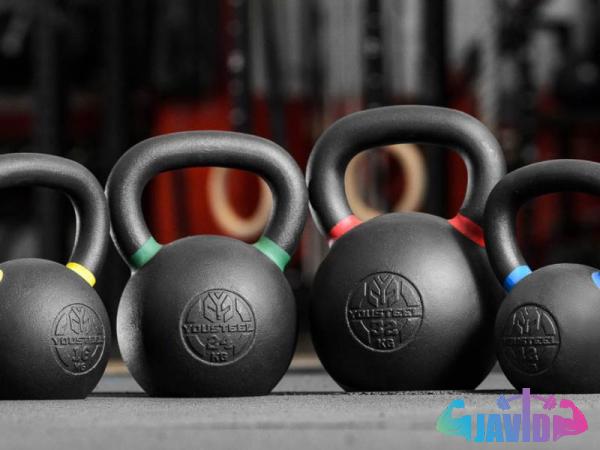
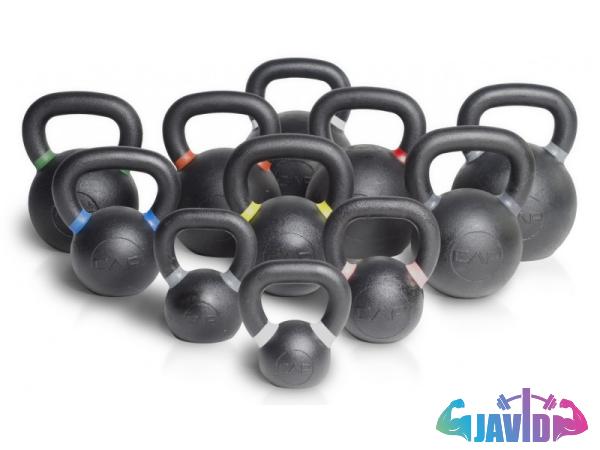

Your comment submitted.